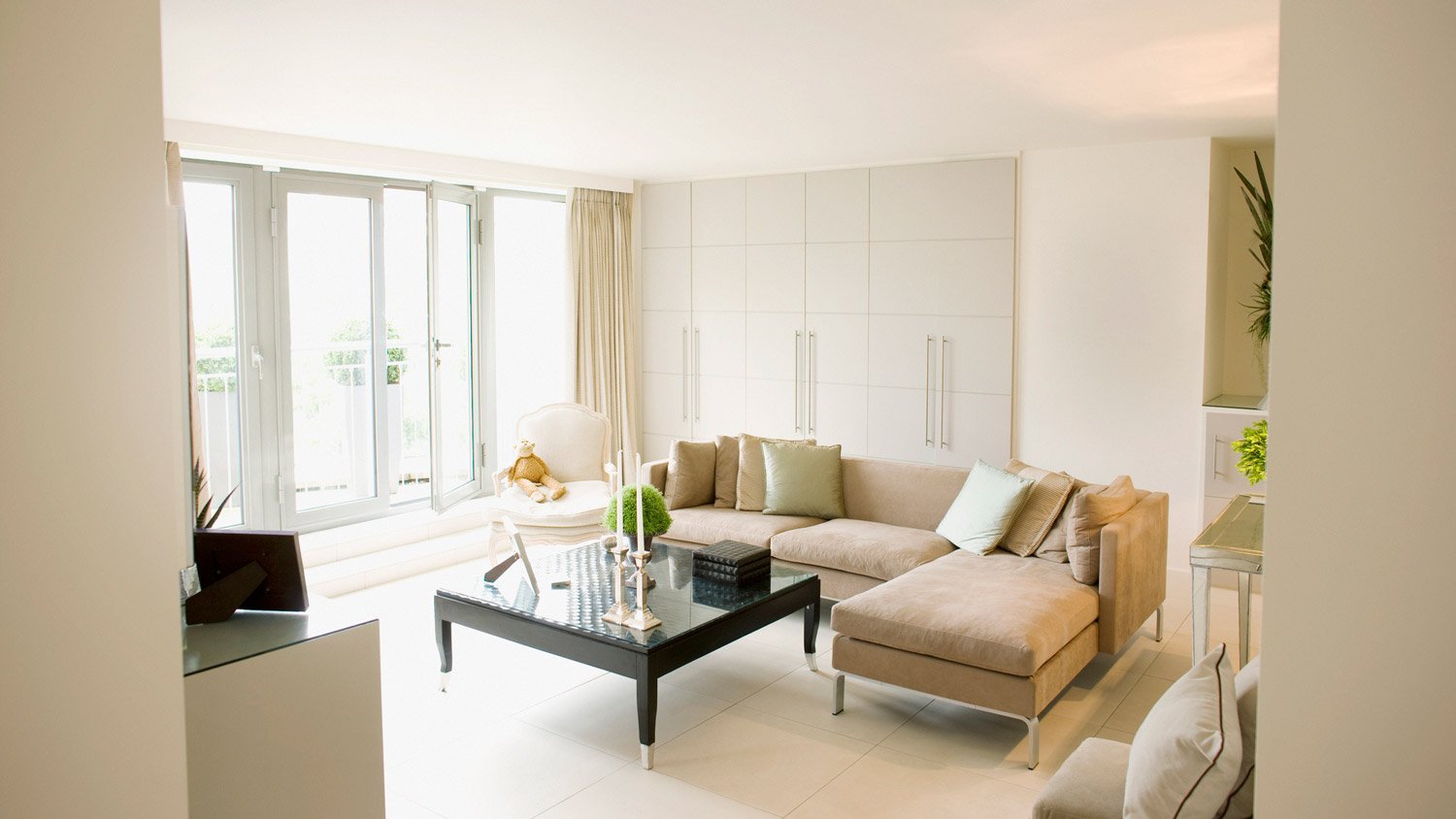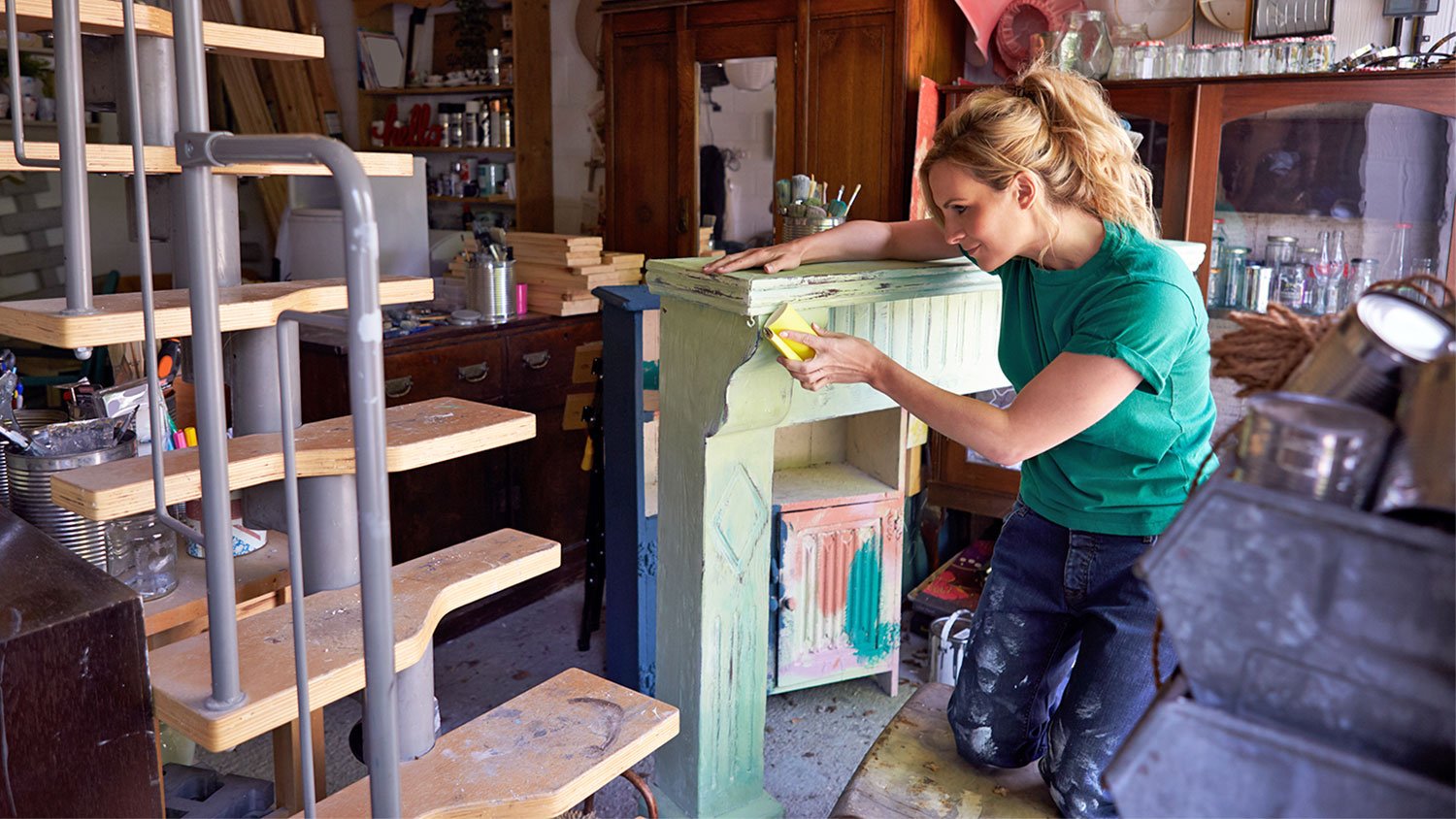Protect Your Wood Furniture With a Glass Tabletop
From tables to dressers, just about any wood furnishing can benefit from an extra layer of protection


Protective glass tabletops can add decades to the life of your favorite furnishings.
It costs less to protect your wood furniture with glass than it does to have it restored or refinished.
Glass tops require frequent cleanings.
If you know it’s only a matter of time before scratches and cup rings begin to dot your wood tables and desks, consider protective glass tabletops. They’re inexpensive, durable, easy to customize, and guaranteed to lengthen the life span of new and old objects alike. But they also come with a couple of downsides, like the fact they can sometimes make blemishes even more noticeable than they originally were.
Use this guide to find out if a protective glass tabletop is right for you, as well as everything you need to know to choose the best option if you decide to protect your wood furniture with glass.
What Are the Pros and Cons of Protective Glass Tabletops?
Though protecting your furniture with glass offers many benefits, it isn’t without its faults. Easy to customize yet a pain to clean, keep reading to discover all the upsides and downsides of this additional protective measure.
Pros
Easy to Customize
You can cut glass to fit atop just about any surface, whether you want to protect patio furniture or an oblong dining table. You can even adjust the edges and tints to your tastes, from frosted to crystal clear, so there’s no need to worry about it clashing with other design elements in your home.
The cost for cut-to-fit custom glass tabletops ranges from $50 to $150 on average, no matter the size, shape, or style. The type of glass you choose is the only thing that may impact what you pay. On the flip side, refinishing or restoring furniture costs $300 to $900 on average, so either way, you’ll end up saving big by not having to go through these costly procedures.
Lengthens the Life of Wood Furniture
All those nicks and scratches that organically happen on wood surfaces don’t occur with the extra protection glass tabletops provide. In some cases, protecting your wood furniture with glass can quadruple its life span or even extend it indefinitely—and contribute to the design of kitchen and dining tables as well as other high-traffic surfaces.
Makes a Boring Surface Shine Like New
If your wood furnishings are lackluster, a glass tabletop might be what they’re missing. These additions can add a fresh tint or stain to old or tired objects in your home without any extra labor on your part. Or, they can turn a bare surface into the perfect backdrop for photos and decorations.
Cons
May Make Existing Blemishes More Pronounced
Adding a thick glass tabletop to a visibly damaged object is like putting it under a magnifying glass. Some issues, like dust buildups and fingerprints, become impossible to ignore. Fortunately, this doesn’t always have to be the case. Dark wood surfaces are more likely to have this problem, whereas you may not even notice a difference between light and white woods.
Requires More Frequent Cleanings
Wood surfaces can handle a lot of wear and tear before they begin to show signs of distress, but glass surfaces aren’t nearly as forgiving. Smudges and spills will remain until you take the time to clean them off.
Why Should I Use a Glass Table Cover?

Consider investing in protective glass tabletops if you know your wood furniture will see a lot of action or you want to add a new design element to your space. Otherwise, you can forget about covering any infrequently used objects or items you’d like to enjoy in their original state.
What’s the Recommended Thickness for a Protective Glass Tabletop?
The amount of support a protective glass tabletop has determines how thick it should be. It needs to be thicker when there’s less support and thinner when there’s more. Most wood furnishings have solid and sturdy bases to begin with, so you can get away with a relatively thin glass tabletop. The most popular options are 1/4-inch, 1/2-inch, and 3/4-inch thick, and the thicker varieties tend to feel more substantial.
What Type of Glass Is Best at Protecting Furniture?

Protective glass tabletops are made in a couple of different ways, and some options are sturdier than others. Keep reading to find out which type of glass is best equipped to shield your furniture.
Annealed Glass
This type of glass is softer than tempered glass and more sensitive to damage because it’s formed from a slow heating and cooling process. It shatters in large shards that can be hazardous, which is why it’s best to place it out of reach of pets and children. In general, you’ll know a glass tabletop is annealed if it has a thickness of 1/2 inch or less. Otherwise, check the label to be sure.
Tempered Glass
This type of glass is up to five to seven times stronger than annealed glass because it’s formed from a rapid heating and cooling process. It’s also safer for households with children and pets because it shatters into small, manageable pieces rather than large shards.
What Type of Glass Tabletop Edge Should I Choose?
There are a handful of different edges to choose from, and all of them offer various benefits.
Beveled: Add a decorative edge to a plain wood surface with a beveled edge. Beveled edges can be a bit more pricey, so save them for objects you don’t mind spending a bit to highlight.
Pencil polished: These edges are beloved for glass tabletop protectors because of the way they meld with the furniture.
Flat polished: This edge is characterized by a flat surface that highlights the thickness of the glass.
Seamed: These edges are the most cost-effective, but it shows in their rough, sanded edges.




- The Right Ways to Clean up Broken Window Glass
- Pros and Cons of Glass Block Windows to Consider Before Buying
- 6 Types of Glass Shower Doors to Elevate Your Bathroom
- The Simple Reason Why Your Window Glass Is Wavy
- Live More, Tidy Less: 10 Home Decor Tricks to Make Your Home Easier to Clean
- How to Fix Scratched Glass—and When You Should Just Replace It
- Can You Replace the Glass Top of a Stove?
- 6 Essential Sliding Glass Door Parts and How They Work
- Here’s What to Know About Standard Sliding Glass Door Sizes
- How to Cut Glass Tile Safely and Without Shatter










